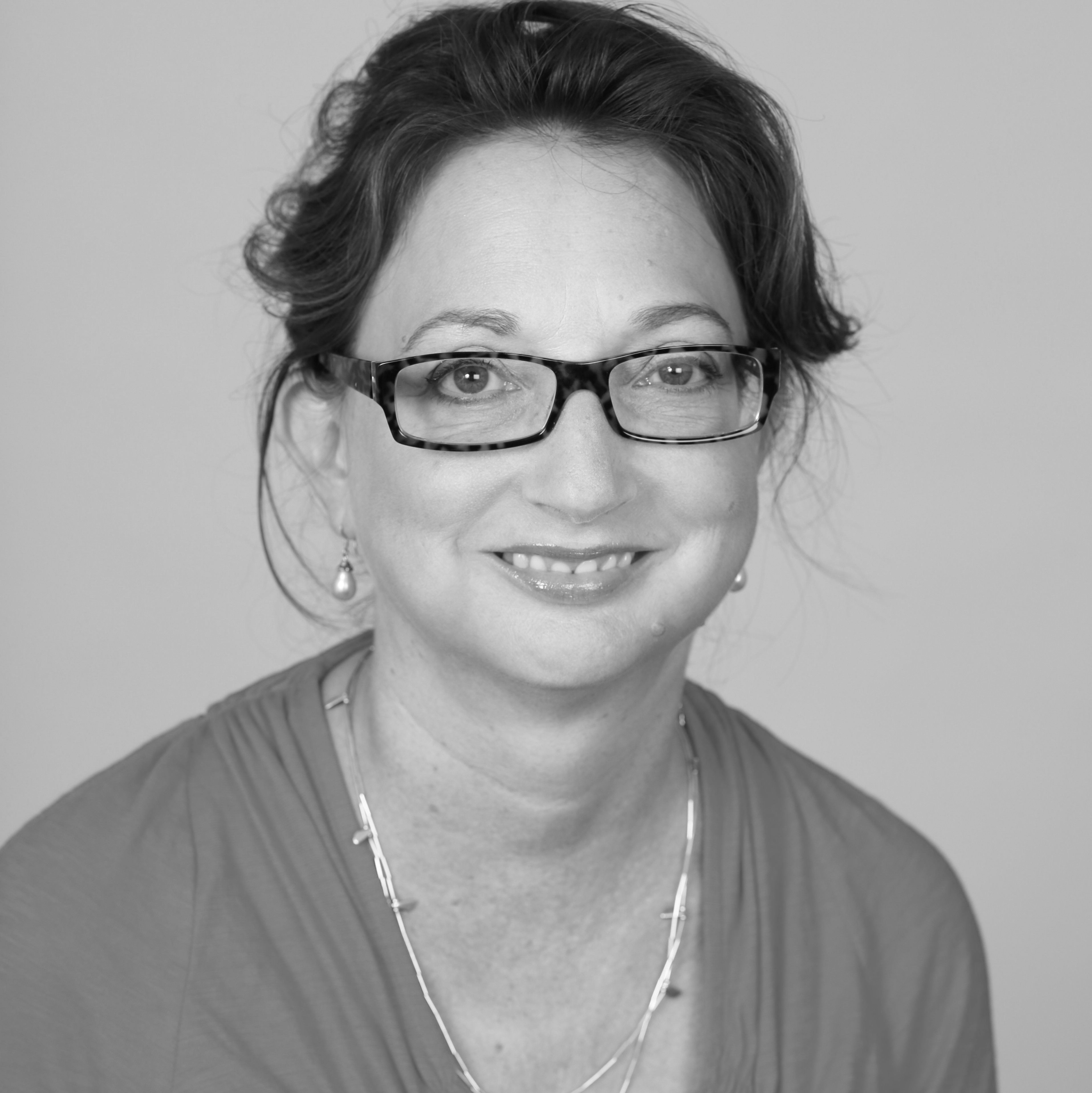Develop a more diverse and inclusive team by following these 5 steps.
You’re a hiring manager looking to fill a key opening. As you and your team interview a candidate, the conversation quickly veers from prepared questions to informal, breezy conversation about what you have in common. Immediately after, everyone agrees: he or she is a “great fit.”
Sound familiar? While fitting into office culture is important, sometimes relying on that gut feeling means you’ve allowed bias to seep in. As companies prepare for a post-Covid-19 future, a workforce with diversity of thought and experience is key—meaning that removing biases from hiring and talent management systems is essential.
Fortunately, there are evidence-based ways to reduce bias. After Catalyst launched our Break the Cycle toolkit—a suite of tools to help leaders eliminate bias from recruiting and advancement decisions—our Information Center (IC) decided to give it a test drive. “The Information Science field is dominated by White women. We wanted to get a more diverse hiring slate to better represent our Supporters,” the IC’s Amelia Costigan says. The result was so successful Catalyst now uses this five-step process across all departments.

Here, Costigan outlines the steps and shares insights from her team’s experience using them. “The entire process has been well worth the investment,” she says, “because we now have two great members on our team.”
1. Be clear about the job needs.
Before writing the job description, your hiring team should meet and discuss the most important competencies for the job. For example, Costigan says the senior associate position needed someone with intellectual curiosity and strong communication skills. “Keeping those key competencies in mind helped us write our interview questions by staying focused on what’s needed most for the position—rather than what is ‘nice to have.’”
2. Decide ahead of time who asks what.
Many big companies implement structured interviews by interviewing candidates one-on-one and having each interviewer ask the same questions. “As a smaller team, using the same set of questions did not work for us,” Costigan says. “Instead, we developed a unique set of questions for each interviewer but made sure to align each question with one of the identified key competencies. We kept the same intention of consistency around identifying required skills without having to ask the same questions.” One question a team member posed, mapping back to the communications competency, was: “Tell me about a time when you had to use your communications skills to influence someone’s opinion—whether in written, verbal, or presentation form.” A question mapping to intellectual curiosity was: “What do you know about Catalyst?”
3. Avoid group interviews.
Panel interviews tend to introduce affinity bias, where people gravitate towards others who are similar to them. These interviews can also introduce groupthink, with team members agreeing with whomever is the leader in the room. Having each team member conduct one-on-one interviews sequentially lessens the chance you’ll fall into that trap.
4. Record your insights in real time.
After the individual interviews, each team member should fill out a candidate interview form and give the candidate a numerical score. (These forms are taken directly from Break the Cycle.) Filling out the form immediately allows you to best remember the candidate’s responses to your questions—and best evaluate their qualifications for the position. Rate the candidate across each key competency. After all the interviews are complete, evaluate the candidates horizontally by comparing each person’s answer to the same question.
5. Discuss your scores together.
After interviewing all candidates and filling out the forms, meet as a group to review and discuss the scores with your hiring committee. Holding a robust discussion about the candidates after interviews are over is essential, Costigan says. “By having this conversation, each of us found a place where our bias was seeping in. We felt safe to really challenge each other and to think strategically about what skills we needed on our team.”
Costigan’s biggest takeaway is that you must be intentional in your recruiting efforts: “If you are committed to diversity and inclusion, you will find that those excellent candidates are out there.”
As Senior Director, Content Strategy, Karina produced a wide variety of content to advance Catalyst’s research and expertise. She wrote blog posts, monthly newsletters, commentary, and other content both for Catalyst’s website and external platforms. She also worked to ensure that all Catalyst content maintained brand identity and editorial consistency.
Prior to joining Catalyst, Karina was a communications manager at the Vera Institute of Justice. She wrote blog posts, long-form special reports, and op-eds that helped to increase traffic to Vera’s website, recognition of Vera’s on-staff experts, and support for Vera’s mission. In this role she also managed the website, blog, and social media accounts for the MacArthur Foundation's Safety and Justice Challenge.
Karina is a 2015 graduate of NYU Wagner's Fellowship for Emerging Leaders in Public Service (FELPS). FELPS is a rigorous leadership program for recent graduates working in public service. She holds BAs in Journalism and Anthropology from the University of Iowa.